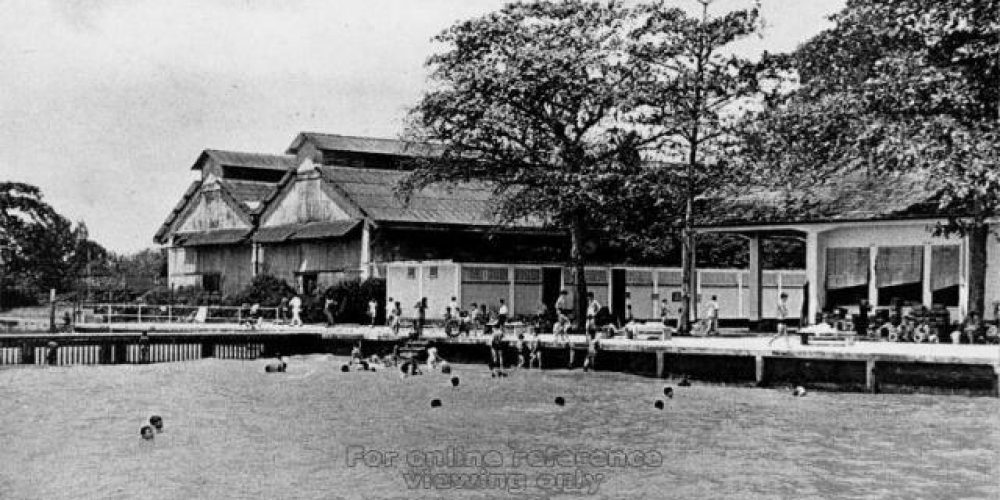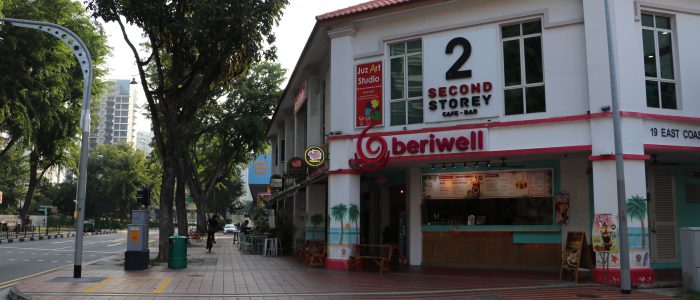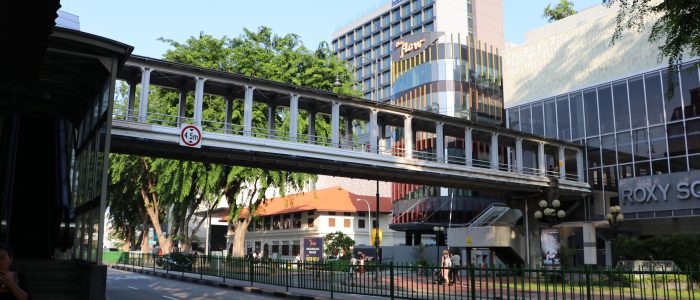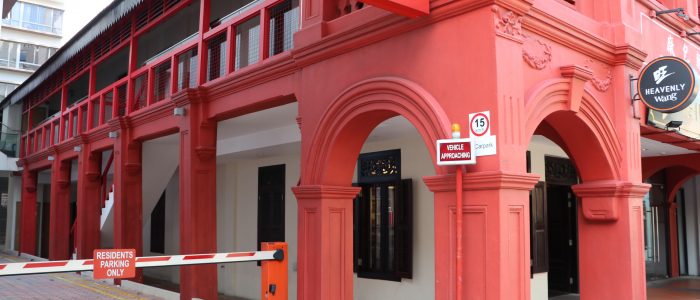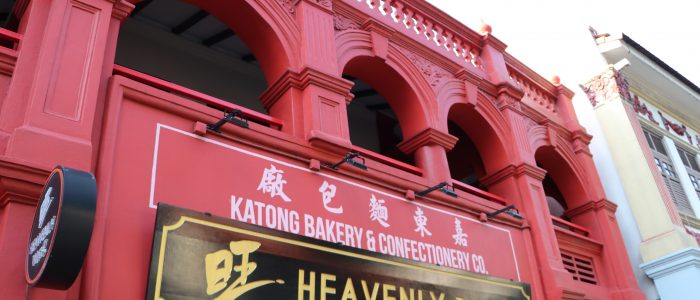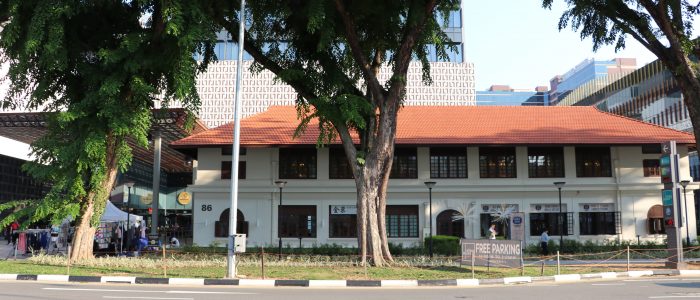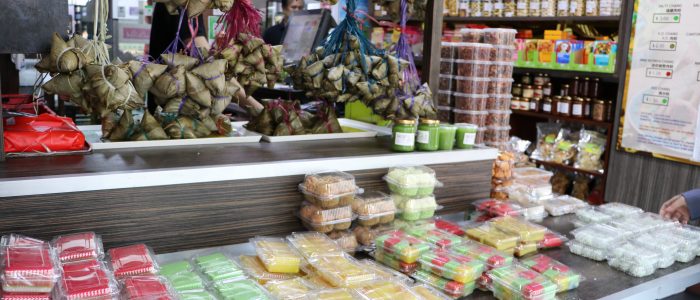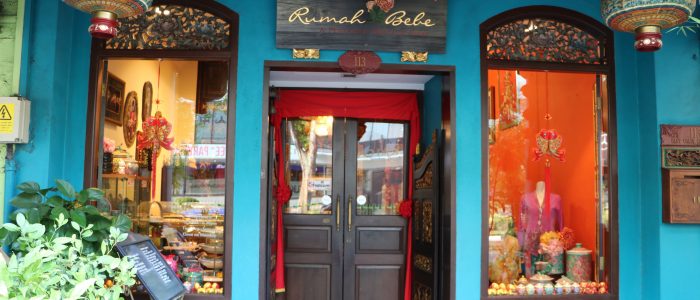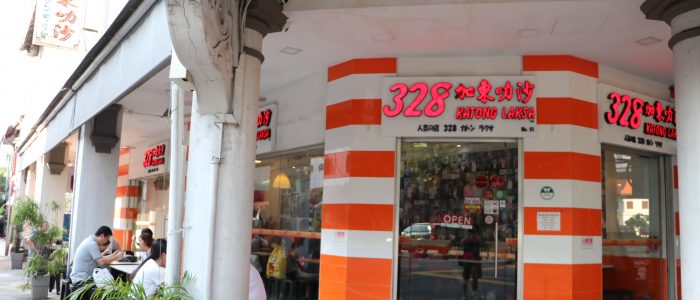Quaint Katong – Then and Now
Deeply rooted in a cache of cultures – Portuguese, Anglo-French, Chinese, etc – Katong is steeped in history. The early settlers brought in trade and commerce where cotton, coconut, spices and gambier were rife. Many Chinese people bought parcels of land beside the sea to grow and maintain plantations.

Katong Park – people bathing in the 1950s – (image: The Wacky Duo)
Back in 1823, Katong was a coconut estate, helmed and founded by Francis James Bernard, son-in-law of Lieutenant Colonel William Farquhar. Interestingly, Bernard is the fourth great-grandfather of Canadian Prime Minister Justin Trudeau!
There were plenty of plots of land in areas currently familiar to us today – Siglap Road and Frankel Avenue. These pioneer estate owners included people such as Thomas Dunman, Whampoa Hoo Ah Kay, Chew Joo Chiat, to name a few. Katong widely became known as a coconut and cotton plantation.
Katong in the early twentieth century was renowned for landmarks such as its coastal area Kampong Amber. There were notable buildings such as the often-packed-in-the-weekends Chinese Swimming Club and the unique Mandalay Villa. There was also a Malay fishing village and kampong that used to exist in a bucolic stretch between East Coast Road and Amber Road. Many of these inhabitants were from Malay and Peranakan families who shared their meals and let their kids play together.
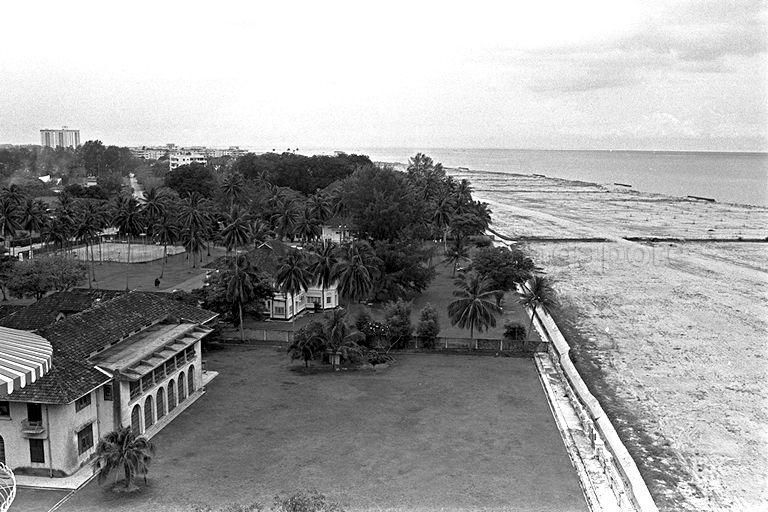
Reclamation of the seafront at Katong Park in 1971
To the unbeknown, Amber Road was named after the family clan name of Joseph Aaron Elias who was reputed for his properties in the early twentieth century of Singapore. But in the industrialisation years of Singapore during the 1970s to 1980s, Kampong Amber gave way to many of our Little Red Dot’s important economic developments.
Katong has obviously transformed itself from a sleepy, weekend seaside respite to present day hustle-and-bustle of residential homes, malls and shops. Even right down to Meyer Road, many large Peranakan and Chinese families lived there.
The upper-class families lived in Joo Chiat, Tanjong Katong, Telok Kurau Road, till East Coast Road and Upper East Coast Road. The Eurasian community thrived in Joo Chiat. There was much activity from Eurasian communities in Katong because Katong’s Saint Patrick’s, and The Holy Family Church made it attractive to live there. Coupled by Singapore’s fast economic development, the city centre of Singapore became over congested, therefore, many Eurasians sold their properties in town and built their homes in Katong. Many rich, wealthy Chinese also did the same thing.
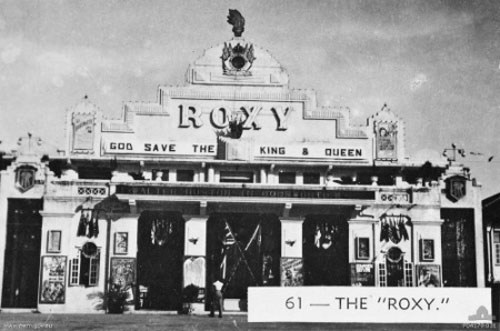
Roxy Square (image: Times of My Life WordPress)
What is Katong today? It is obviously a melting pot of activities to do, things to eat, products to buy, homes to visit, while you triapse through shophouses to get a sense of how modern-day Katong thrives to provide goods and services to a wide array of expats, locals and tourists. There’s I12 Katong Mall, several hotels (Grand Mercure Roxy, HolidayInn Express, Hotel Indigo), Parkway Parade, Katong Square, to name a few. While Katong has modernised, it still retains some of its history such as the Katong Red House Bakery and the former police station located at Roxy Square (which Baba Chews restaurant now operates). Shophouse homes are obviously very pricey and rare, while residential homes such as condos, landed properties and walk-up apartments are a magnet for upgraders and the well-heeled.
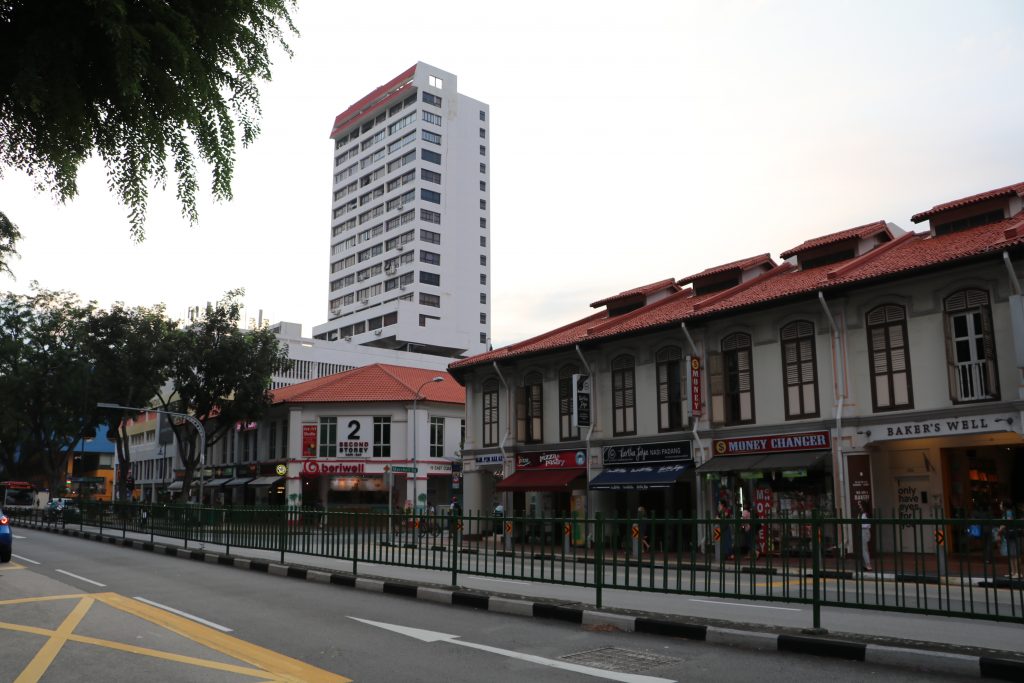
Modern-day Katong
For first-timers, walking along Katong Road will provide you hours of education on its history, heritage, food and culture. If a tourist manages to get a Katongnite (people who have lived in Katong for decades) to show him/her around the sprawling estate, you’d need more than a day to understand its rich history.
Locals can discover a whole new hive of eateries, retail establishments and shops that provide workshops to hone your craftmaking skills.

